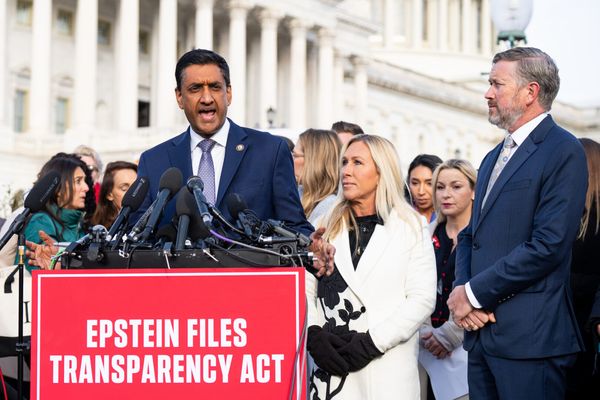
European defense stocks experienced a sharp sell-off this week, reminding investors just how news-oriented the sector can be.
A call for peace negotiations in Ukraine and a ceasefire in Gaza took almost 6% out of Goldman Sachs’s portfolio of European defense stocks, per Bloomberg, with Rheinmetall, Renk, Leonardo and Saab posting the biggest losses.
ITA ETF is up more than 33% this year. Track its prices live, here.
The decline occurred as the “war premium” that pushed European shares this year started to unwind. Investors are less keen to pay a premium for defense stocks when the risks of conflict seem to be declining, even if Europe’s long-term rearmament program holds.
That volatility, though, is precisely why most investors prefer U.S.-listed defense ETFs as a more stable way to tap the theme.
Also Read: AeroVironment Set For Growth As Drones Take Center Stage In Defense
U.S. Defense ETFs Hold The Edge
Funds such as the iShares U.S. Aerospace & Defense ETF (BATS:ITA), SPDR S&P Aerospace & Defense ETF (NYSE:XAR), and Invesco Aerospace & Defense ETF (NYSE:PPA) provide exposure to U.S. contractors including Lockheed Martin Corp (NYSE:LMT), Northrop Grumman Corp (NYSE:NOC), and Rtx Corp (NYSE:RTX).
Such companies are insulated by the Pentagon’s persistently high budgets, multi-year contracts for procurement and strong export pipelines, all of which insulate them from the political whirlwind of peace talks (and failures) overseas.
While European stocks had a good run earlier this year, U.S. defense ETFs have been steadier performers. ITA, for instance, has climbed more than 33%, while XAR and PPA are also higher by 28% and 26%, respectively, showing resilient defense spending and increased aerospace technology demand.
A Long-Term Spending Tailwind
Experts point out that international defense budgets will not meaningfully contract even if fighting in Ukraine or Gaza dries up. NATO partners remain pressured to hit or surpass spending levels, and American defense companies can gain from both domestic budgets and foreign military sales.
European defense is more likely to be vulnerable to political news, but the U.S. defense sector is supported by multi-decade procurement cycles. That provides U.S. ETFs with a degree of robustness that investors prefer.
This week’s slip in European defense stocks highlights the dangers of wagering too much on short-term conflict dynamics. For those looking for steady exposure to the industry, U.S.-listed defense ETFs continue to offer an attractive alternative — less volatile, better diversified, and securely tied to Washington’s defense spending commitments.
Photo: Funtap via Shutterstock







